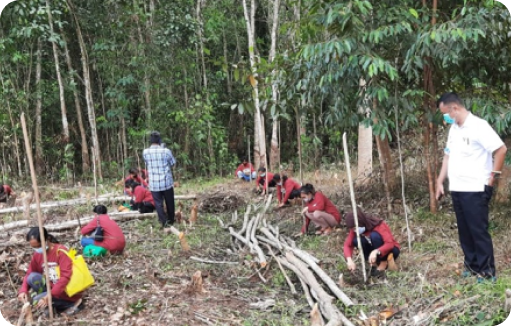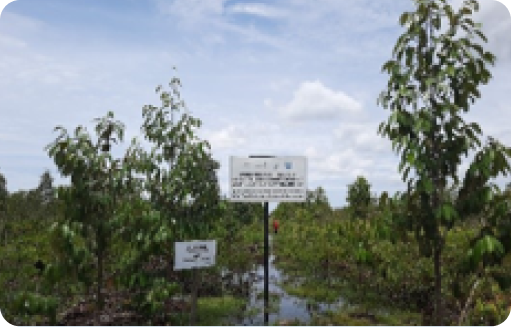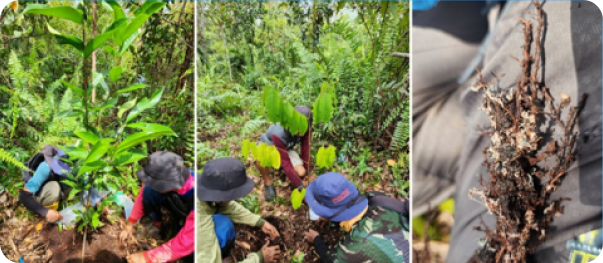Background
Peatlands are capable of absorbing and storing huge amounts of carbon dioxide known as carbon sinks. In the tropics, peat swamp forests are created when saturated soils or frequent flooding cause organic matter to decay slowly, resulting in soils that are rich in organic material that has accumulated over time.
These carbon-water complexes act like giant sponges, absorbing water and storing large amounts of carbon. Depending on the age and soil depth of the forest, they can exceed the carbon sink capacity of nearby lowland deep forests on mineral soils by a factor of 10 to 20. It makes them one of the strongest natural planetary tools to regulate the global carbon cycle and combat climate change.
However, these vital reserves are now at risk due to human activities such as illegal logging, fires, agricultural land reclamation, and the expansion of palm oil and rubber plantations. The trend has only been further exacerbated as a result of climate impacts, such as warmer temperatures and droughts.
As a result, we are seeing massive reductions in surface carbon sinks. Despite the fact that 90% of the carbon in peat swamp forests is stored underground, it remains an overlooked factor in our environmental calculations when they are destroyed and lost. Beyond environmental harms, the decline of tropical peat swamp forests has far-reaching impacts on human communities.
As it stands, Indonesia is home to as much as 45% of the world’s tropical peatlands. Peat swamp forests span far and wide in the country, covering open lowlands between major rivers in Sumatra (8.3 million hectares), Kalimantan (6.8 million hectares), and Papua (4.6 million hectares). Despite being a peatland-rich nation, these figures are steadily declining—particularly over the past 20 years.
This loss, driven by the aforementioned human-driven activities, have resulted in the substantial release of carbon emissions and loss of biodiversity. As a response to this worrying trend, the Indonesian government has developed a national action plan to accelerate the restoration of degrading peat swamp forests.
The challenge, however, lies in the difficult nature of restoring these carefully-balanced ecosystems. Afforestation and reforestation in these regions require delicate selection of tree species and the production of high-quality saplings to safeguard high survival rates. To tackle this arduous task of restoring peat swamp forests in Indonesia, ECF supported this programme led by the Mushroom Initiative.
Central to rehabilitation efforts was the application of mycorrhizal fungi, which improved growth rates in indigenous tree species. Given the increasing degradation of peatlands globally, the solutions and lessons learned from this project served as valuable models for future replication in similar peatland ecosystems.



